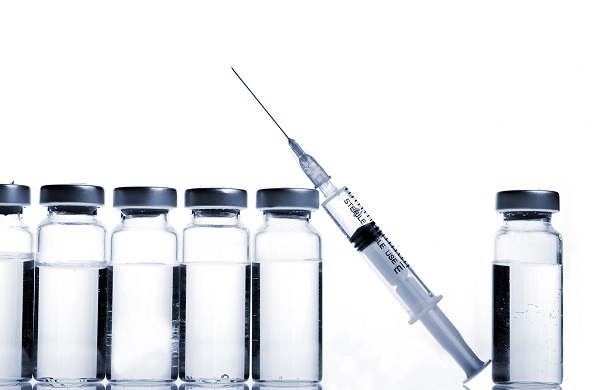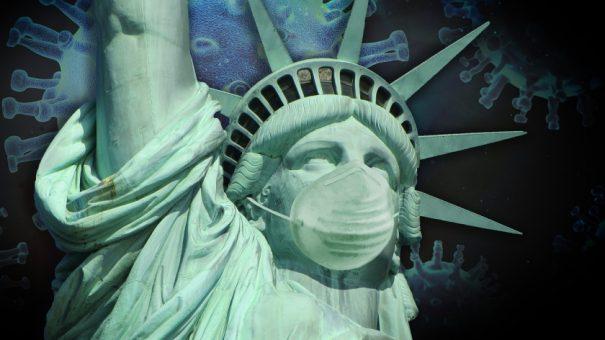Moderna’s COVID-19 vaccine is second for US after FDA green light

As expected, the FDA has moved swiftly ahead with emergency approval of Moderna’s COVID-19 vaccine after a positive assessment at its vaccines advisory committee.
The authorisation means that around six million more vaccine doses can now be rolled out in the US coronavirus immunisation programme, adding to the almost three million doses of Pfizer/BioNTech’s already-approved shot which started to be administered a few days ago.
The emergency use authorisation (EUA) for mRNA-1273 came the day after the FDA’s advisory panel voted 20-0 with one abstention that the benefits of the vaccine outweighed the risks for people aged 18 and over.
Moderna said delivery of supplies of mRNA-1273 will begin immediately, and reiterated its intention to provide 20 million doses to the US government out of its total order of more than 200 million before the end of this month.
The biotech now expects to have between 100 and 125 million doses available in the first quarter of 2021, of which 85 to 100 million have been claimed by the US.
On Friday meanwhile, the European Commission said it had exercised an option for an additional 80 million doses of Moderna’s product, taking its total order to 160 million doses. The UK has ordered seven million doses, Japan 50 million and South Korea 20 million.
The new supplies come as a quarter of a million new cases are being recorded each day in the US, the highest national rate in the world, with daily deaths averaging around 2,500 in the last couple of weeks.
Some US states re already saying they are unable to get access to promised supplies of Pfizer and BioNTech’s BNT-162b, as federal officials suggested manufacturing issues were at risk of holding up supplies of the shot – although that has been disputed by Pfizer. The US government’s objective is to have 100 million people vaccinated by April.
“It has been less than a year since the world first learned of SARS-CoV-2 and the terrible disease it can cause,” said Francis Collins, director of the US National Institutes of Health (NIH) which carried out clinical trials of mRNA-1273 and also contributed a technology used to stabilise the jab.
“To have not one but two safe and highly effective COVID-19 vaccines ready for deployment to the American public is truly a remarkable scientific achievement, and a significant step toward ending the pandemic that has caused so much suffering,” he added.
Moderna’s vaccine should be easier to distribute than the Pfizer/BioNTech shot as it requires temperatures of around -20 C for shipping – similar to a normal freezer – rather than -70 C.
The company has also updated its handling guide for the distribution for mRNA-1273 to include local transport under controlled conditions in a liquid state at 2-8 C, noting that “this important update eases the logistical burden of transporting the vaccine to more remote locations and ensures that the barriers to being vaccinated are lowered.”













